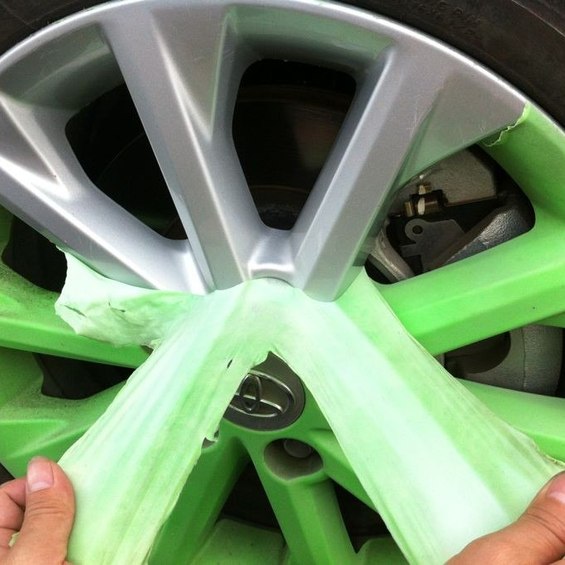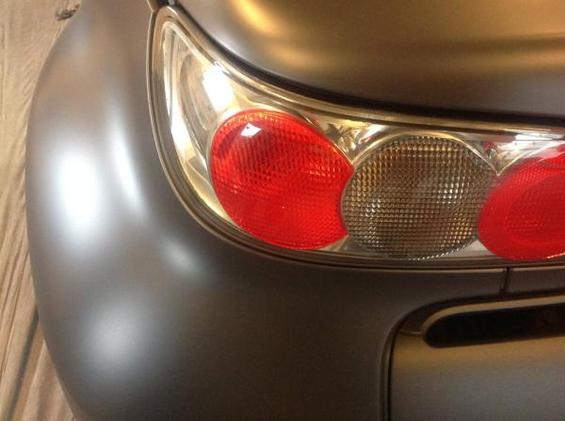
Rubber paint is a new word for changing the color of the car, but lately it has become increasingly popular among the car owners. The rubber layer (also known as "plasdip") gives a uniform matt which can be confused with vinyl films on the body of the car. However, unlike the film, rubber paint gives a layer several times the thicker. Plus and minus rubber paints for a car
Plus and minus rubber paints for a car
Like any other paints, rubber paint has its advantages and disadvantages. Main plus rubber paint: paint can be painted on any routable areas, rubber paint is not required to require special skills or road adaptors, according to the manufacturers, rubber paint is resistant to moisture, sun rays and aggressive substances on the road, if surface damage (e.g.
- the paint can be applied to any uneven parts,
- no special skills or adaptors shall be required for the infliction of rubber paint;
- producers, rubber paint is resistant to moisture, sunlight and aggressive substances on the roads,
- when the surface is damaged (for example, in a small accident), the body part can be painted without changing the entire coating, as opposed to the film,
- the rubber paint is inexpensive,
However, rubber paint, like any other surface, has its own disadvantages. So, for example, paint is very sensitive to benzine-containing fluids, so you should be careful when you load a car that is coated with rubber paint. In addition, many car owners complain that after the rubber-printed LCP, the machine stops glitting in the sun (which is natural, because rubber paint gives a matte colour).

How to paint a car or parts (e.g. discs) of rubber paint
In principle, the use of washerdic (liquid rubber) differs little from other pigments. The painting procedure should be carried out in a dry and well ventilated room at a temperature of about 20 degrees.
To prepare the spray solution, it is necessary to heat the rubber paint on the water bath (heating up to about 50 degrees) and then mix with solvent in the ratio of 1:1.5 (for more precise information, study the instruction to paint). The resulting mixture needs to be thoroughly mixed with the construction mixer and then put into the dye.
The body of the car also needs to be prepared for painting "liquid rubber". The machine needs to be washed and dried, and also attentiently inspected to the object of corrosion. If rust is found on the body, it must be cleaned and eliminated by special converters. Also, do not forget to remove or close all body elements that do not need to be painted (e.g. door handles, license plates, etc.). It is not necessary to close the optics, as the rubber paint is perfectly removed from the glass without leaving any traces.

On average, the full colour of a car leaves about 5 litres of rubber paint. Liquid rubber should be applied equally on the body into several layers (usually 2 to 5 layers, depending on how the final colour is different from the original colour). It's necessary to keep it at an angle of 90 degrees to the surface of the surface. After application of each layer, it is necessary to wait 15 to 20 minutes before applying the next one. The last layer should be dry at least 2 hours (however, it is better to leave the car alone for about 24 hours). It is not necessary to use a hairdryer or heat cannon to speed up the drying process.







